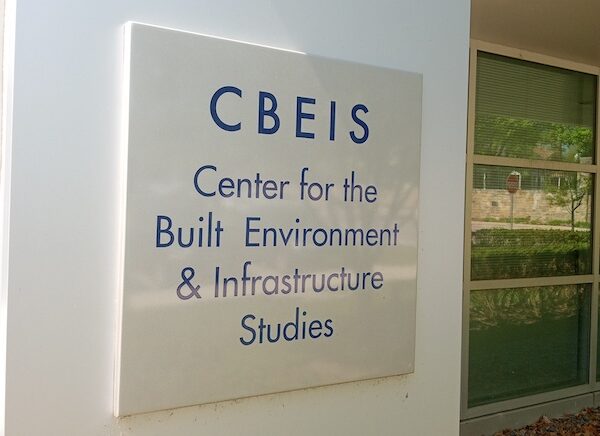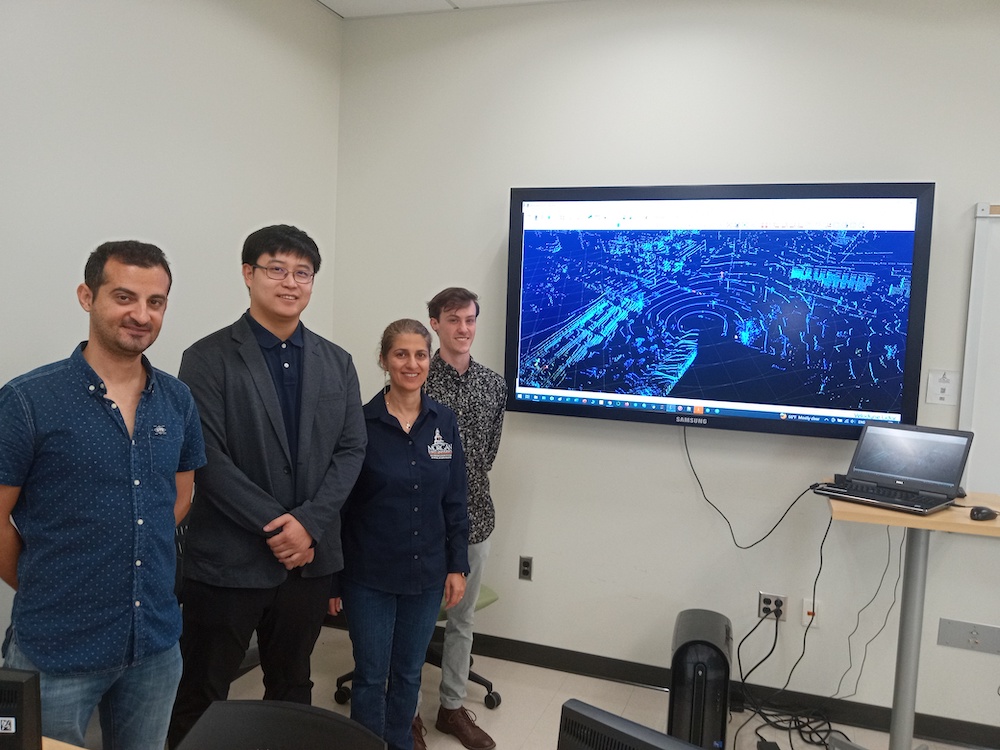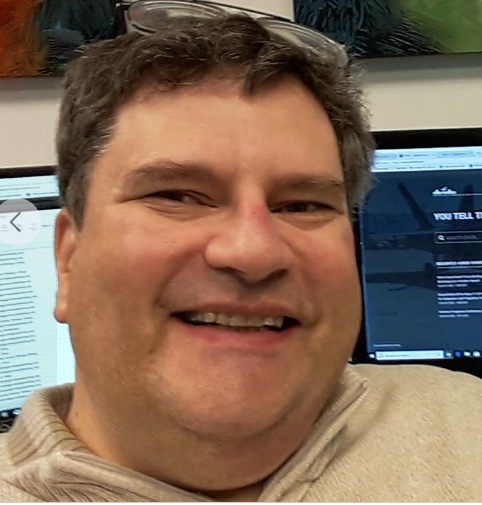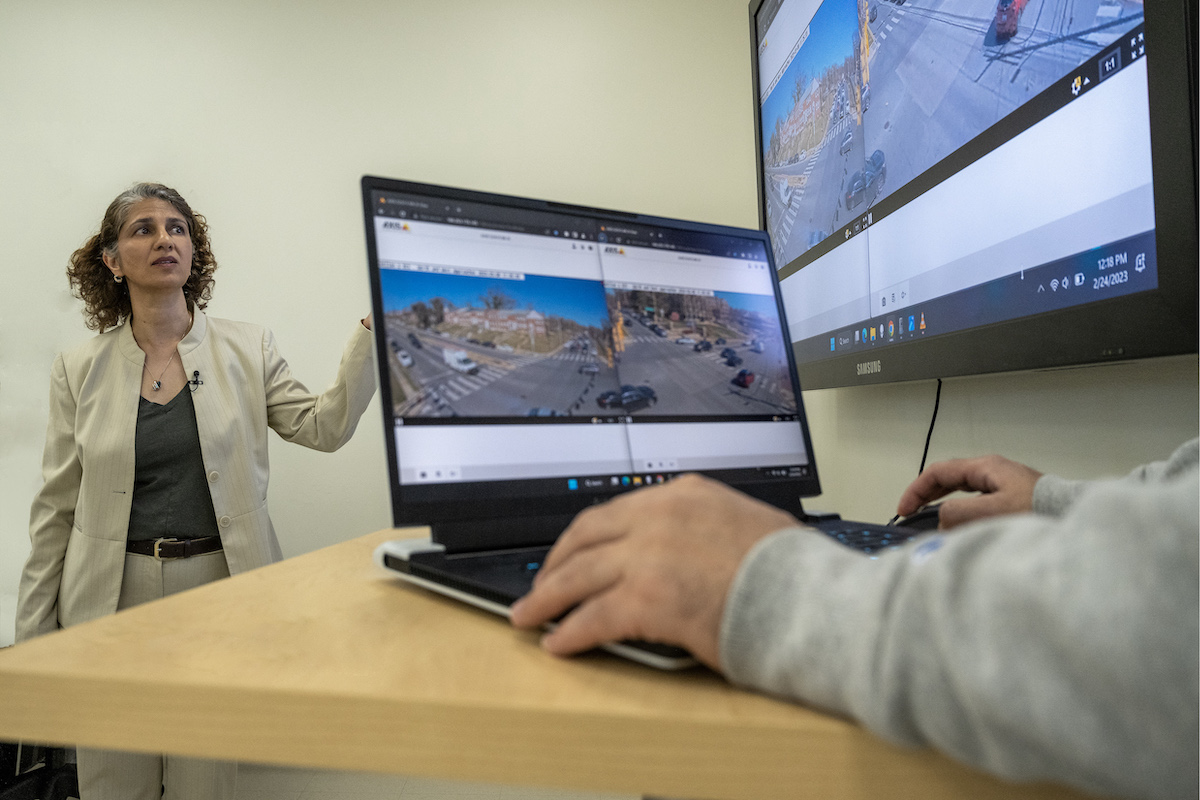A nationwide transit innovation initiative makes its localized impact at Morgan State University, thanks to millions of dollars in federal funding.
The sites are known as University Transportation Centers and are anchored at higher learning institutions throughout the country. While these centers themselves aren’t new, Morgan State’s own National Center for Transportation Management, Research and Development (NTC) is, thanks to nearly $20 million that the school said the US Department of Transportation (DOT) granted to seed the center in late March.
The funds not only support the research of solutions to transportation problems, like traffic congestion or accessibility issues, but also may help get real working solutions up and running in the years to come.
“It’s very important,” said Mansoureh Jeihani, the director of the center. “We can expand this test track and we [would] have more vehicles equipped with this technology, and also [be] getting more data and finding better ways to make roads safer.”
Morgan State has already developed an on-campus testbed for connected autonomous vehicles. Earlier this spring, the DOT announced the university would earn $15 million more from the federal government through the SMARTER Center grant program — an initiative that received $435 million in additional funds nationwide. Morgan State also got an additional $4 million from Maryland’s Department of Transportation.

Sign for the center that houses this new NTC. (Photo by Matthew Liptak)
For this newer center, Morgan State will act as the principal institution, gathered with seven other Mid-Atlantic Region 3 universities that are doing transportation research. There are 10 National Transportation Center regions in all.
Morgan State is the first HBCU, and the first school in Maryland, to lead such a region. Jeihani said that these schools collaborate in ways that bridge the key differences between the transit concerns these regions encounter.
“We always interact with each other and share our findings and our ways, and get ideas from each other,” Jeihani said. “Each region might have different issues. Some regions have flooding issues, others are tornadoes. Some regions are mostly rural and have accessibility issues. But some regions are mostly urban and have congestion problems.”
Morgan State’s transportation program is relatively small, with just 100 students, but research there has enabled developments beyond campus. Campus shuttles have been studied and modeled as connected autonomous vehicles. Moreover, a pilot program expected to begin this month at Baltimore/Washington International Airport will demonstrate the usefulness of autonomous wheelchairs to the air passengers that need them.
Morgan State’s transportation center lab has already constructed three wheelchairs used in the pilot program. The wheelchairs are patented, and Jeihani hopes a successful pilot program will eventually help them get manufactured.
“The wheelchair can take anyone from any point to any point [by] just knowing the origin and destination,” Jeihani said. “One good application of that is in the airports. For people with disabilities and people of an older age, it’s going to be a hassle to go from the drop-off location all the way to the gate … In the future, just by scanning the boarding pass, the wheelchair knows where to go.”
Jeihani suggested that research and development for connected autonomous vehicles will likely take place over a much longer time frame. The tech is being designed with an eye to accessibility for everyone.
“That is a technology that can help people who are most needing mobility: older people and people with disabilities,” she said. “That’s one of our missions, to make sure this technology does not increase the gap between wealthier people and healthier people and others.”
The center’s staff also understands and accepts that not everyone will immediately embrace being transported by interconnected autonomous vehicles. But Jeihani said the technology could also give those who like to drive the chance to engage adaptive cruise control options if they choose or gather more road data that will make driving safer.
Joe Niehaus, the center’s communication director, said its research determined that a connected autonomous vehicle system may work best when it encompasses around 80 percent of America’s transportation landscape.
But he has no idea when American roads might get to that point. Some drivers still feel a certain romance toward putting the pedal to the metal.

Jeihani (second from right) with researchers beside a LINDAR data rendering. (Photo by Matthew Liptak)
“We’re always operating under the assumption that some people will be driving manual cars for the foreseeable future,” he said. “Think of all the Mustangs you see on the roads. There’s a vintage quality to it. You can’t take out the human element. They like what they like.”
But current federal leadership and its many university partners say they want to see American transportation move in the right direction.
“With this investment, we’ll be able to support a new generation of leaders as they continue to pursue research that will usher in safer, cleaner, and more accessible ways to get people where they need to go,” Secretary of Transportation Pete Buttigieg said in a February release announcing the $435 million in funding.
For Jeihani and her collaborators, working for a brighter American transportation future starts on the university campus, and rolls out from there.
“We’re going to make the campus as safe as possible, and also make the campus a smart campus so everything’s connected and can communicate to each other,” she said.
Join the conversation!
Find news, events, jobs and people who share your interests on Technical.ly's open community Slack

Baltimore daily roundup: The city's new esports lab; a conference in Wilmington; GBC reports $4B of economic activity

Baltimore daily roundup: Find your next coworking space; sea turtle legislation; Dali raided and sued

Baltimore daily roundup: Johns Hopkins dedicates The Pava Center; Q1's VC outlook; Cal Ripken inaugurates youth STEM center



